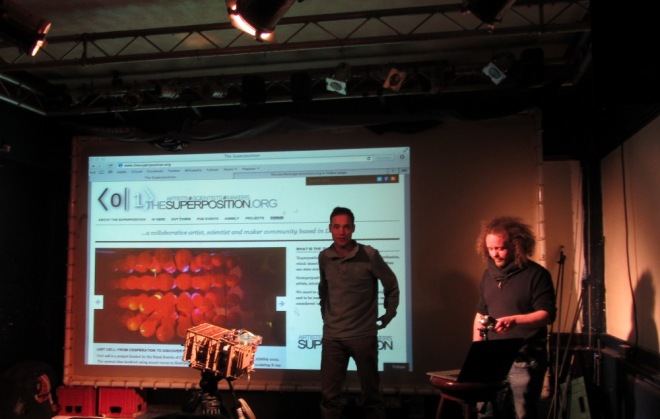This year, with Leeds City Council I developed LeedsAdultLearning.co.uk which is a course finder for about 300 courses by the City and run by a number of providers and dozens of venues. It offers a range of first step courses for adults, such as basic IT skills, ESOL, caring and crafts. Within the first 24 hours of launch it received over 3000 visits, in the first month, it had over 25,000 visits, with the average user spending three minutes on the site. The code’s up on my LearningInLeeds GitHub repository.

The project evolved from a LCC Innovation Lab – similar to the Leodis project I also worked on. The key idea is that it was designed to be a pilot or prototype project, small in scope and quick to develop, it would aim to be an aspirational example of how the City can work with the Council and open data to make good IT products. The adult education department were fully engaged with the development and design of the project, giving feedback, priorities. This engagement was really welcome and I think the experts say its crucial to any successful agile project. The department didn’t have any online course finder before so this was bringing something new, and needed to them.

It was featured in the Government Technology News site, the Yorkshire Evening Post, on Made in Leeds TV, and was shown on the big screen in Millennium Square.
Features
- Automatic imports of courses from Data Mill North (open data site)
- Full text search with support for sounds like and spelling mistakes
- Geographical, near searches
- Bus and walking directions to the start of the course from any point
- Add to calendar links for course start
- Showing courses by topics or categories
- Responsive and mobile friendly.
- Simple CMS admin UI for staff to update text pages, change records etc
- Caching of external API requests, front page and CMS pages
- Recent searches kept
Technology
- Ruby on Rails
- Devise and Active Admin for admin UI
- Postgresql, PostGIS and pg_search for db, geo, full text stuff
- Bootstrap for front end user interface layout, CSS etc
- Transport API, Bing Transit, Mapzen for journey planning and geocoding etc
Future
The project could be altered for other organisations, and it could be altered to include the whole range of courses on offer for adults across the city region. I think usage metrics would need to be done to see what users actually do on the site, and whether the journey planning is useful. Adding extra information about course duration, how many times a week / month etc would be good. Making it more mobile friendly could be looked at, including making a mobile only app.





![first marker & stick explanation[1]](https://thinkwhere.files.wordpress.com/2010/07/first-marker-stick-explanation1.jpg?w=660)

![barrier bashing 1[1]](https://thinkwhere.files.wordpress.com/2010/07/barrier-bashing-11.jpg?w=550&h=334)
![Anzir talking to the tree[1]](https://thinkwhere.files.wordpress.com/2010/07/anzir-talking-to-the-tree1.jpg?w=660)











